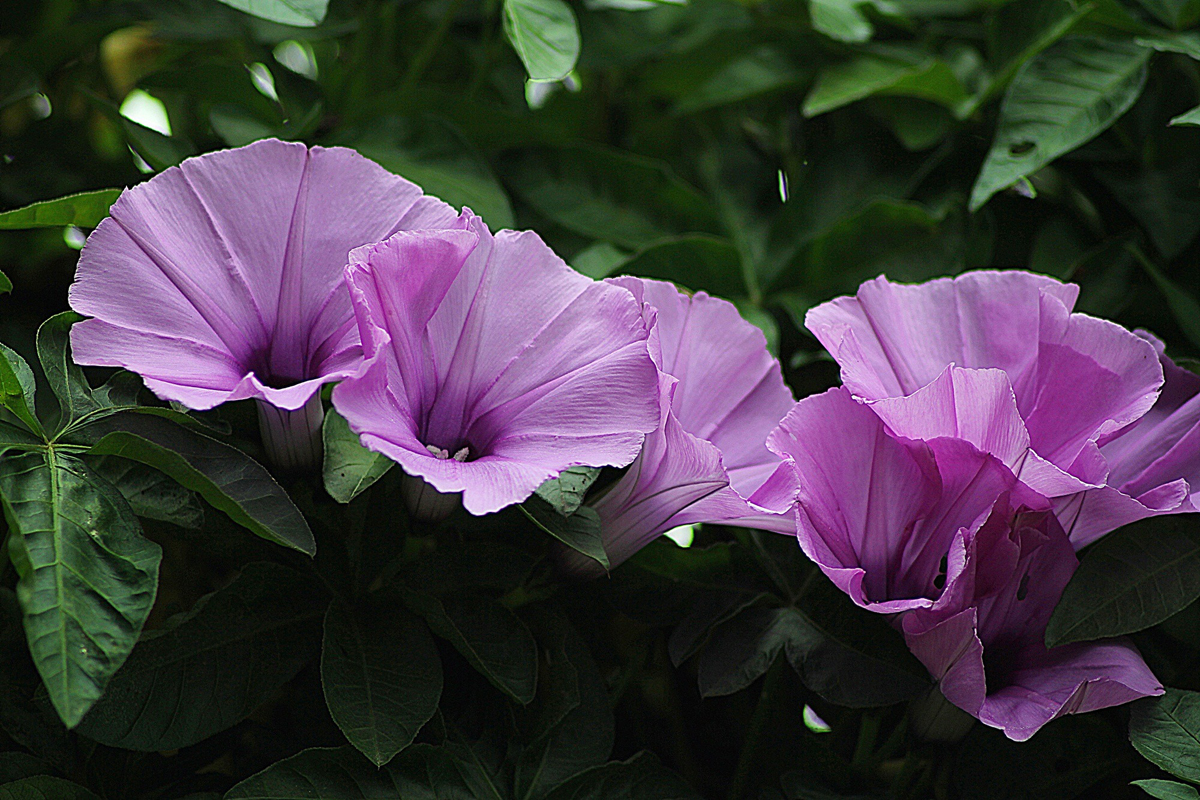Native cultures around the world developed aromatherapy based on their native plants. While a lucrative trade for native flowers, herbs and woods existed throughout Europe, African, India and the Far East, there was less cross-cultural trading in the America. The following is a list of 10 native species that were used by tribes for shamanic and healing purposes along with other uses.
1. Bloodroot (Sanguinaria canadensis)
Bloodroot had many uses for native tribes. The juice from the rhizome (root) was used as body paint and dye. A folklore legend says that a tribal woman was presented to a colonist at Jamestown as a bedmate and arrived in nothing but a coating of bloodroot and that this practice of coating the body with bloodroot was the reason the colonists called the natives Red Skins. This story is doubtful as bloodroot is an escharotic and will kill tissue leaving severe disfigurement.
Young men of the Ponca tribe put bloodroot juice on the palm of their hands and tried to touch the palms of the girls of the tribe. They believed that it would make the girl willing to marry them within 5-6 days.
While bloodroot was prescribed for many uses, it’s more practical use was treating conditions of the skin like ringworm, warts and fungals.
2. Cedar (Thuja occidentalis)
Cedar was used primarily by the Western American Tribes. Boughs were placed around teepee poles to ward off lightning. The sacred Thunderbird was believed to nest in the cedars that grew high on the mountain sides. Red cedar representing the Sacred Woman was placed on altar during the Sun Dance. Twigs were placed on hot stones in Sweat Lodges so that the smoke and oils purified the skin and energy and they were burned to smudge around sleeping areas to banish nightmares and nervous conditions.
Medicinally, cedar was used for chronic cough, fever and gout. It can be used as a diuretic and uterine stimulant and provides relief to aching muscles.
3. Columbine (Aquilegia canadensis)
Columbine was used as a perfume and it was believed that woman would succumb to its power when worn by young Braves.
4. Bedstraw (Galium triflorum)
Bedstraw was worn by native women as their perfume. It was believed to keep their men by their sides.
5. Fuzzy Weed
Fuzzy weed was the plant of magic and desires. Natives visualized what they wanted in their lives and used the smoke of the Fuzzy Weed to carry them out into the world for manifestation. The smoke was also used to ensure good hunting.
6. Prickly Ash (Zanthoxylum americanum)
Prickly Ash was another love perfume preferred by young men to attract a mate. It’s more practical use was for toothache.
7. Sage (Salvia officinalis)
Sage really a form of mugwort, is still used today for purifying spaces and energy. It is easily found in metaphysical stores and some important stores. Natives used the smoke to clear any negative energies before starting a ritual or ceremony.
8. Sweetgrass (Hierochloe odorata)
Sweetgrass is plaited into a long braid and burned to invoke deities. With a lovely vanilla smell, sweetgrass was mixed with tobacco to summon good powers. It can also be used much like sage for purifying.
9. Evening Primrose (Oenothera biennis)
Evening Primrose was rubbed on the bottoms of moccasins to attract deer and repel snakes. Medicinally, it can be applied for many uses from asthma to lupus, even losing weight.
10. Morning Glory (Convolvulaceae)
Morning Glory was burned to prevent nightmares. Also known as snake plant, morning glory seeds created visions and were used for divinatory purposes.
The Author:
A 5th generation Psychic/Medium LILLIE RUBY travels the world as an Intuitive and Spiritual Catalyst. Her training in Education, Social Work, Corporate Training, Massage Therapy, Vibrational Therapy, Energetic Therapy and Reiki has created a holistic careerstyle that assists her clients multi-dimentionally. LILLIE’S artwork graces homes in several countries and her musical composition bring peace and harmony to hearts everywhere.
